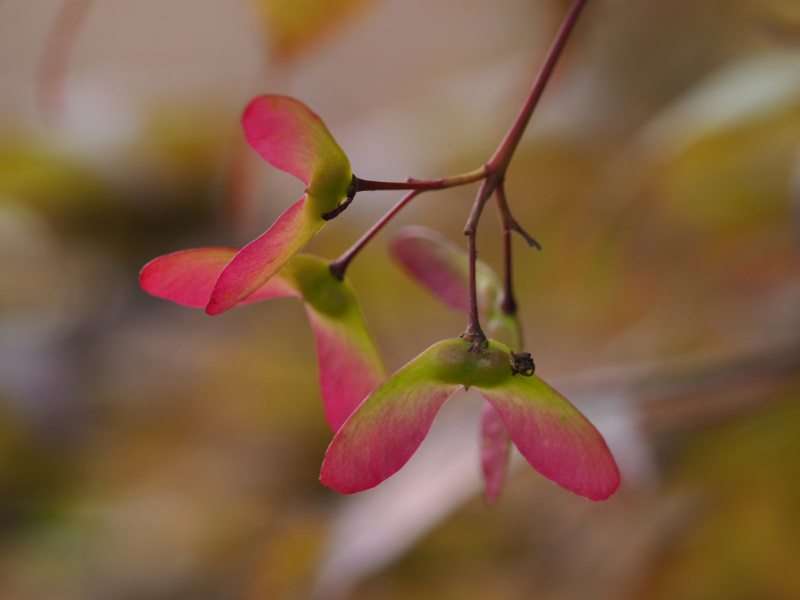I was recently on the promenade at Weymouth, Dorset, wondering whether there was ever a time in my life when I was happy to sit on a beach in the summer sun. Back came the answer, pretty quickly, "No". For most of my life the coast, as I prefer to call it, has been a place for walking, thinking, talking, looking and photographing. That's not to say that I haven't spent time on the beach as one part or another of a family group, where being there together was the intention and the reason itself. As I took this photograph on a sunny June day I had to recognise that most of the people there seemed to be enjoying sunning themselves and partaking of the traditional seaside activities. Which just goes to show that, as they say, "It takes all sorts".
photo © T. Boughen Camera: Nikon Z 5















